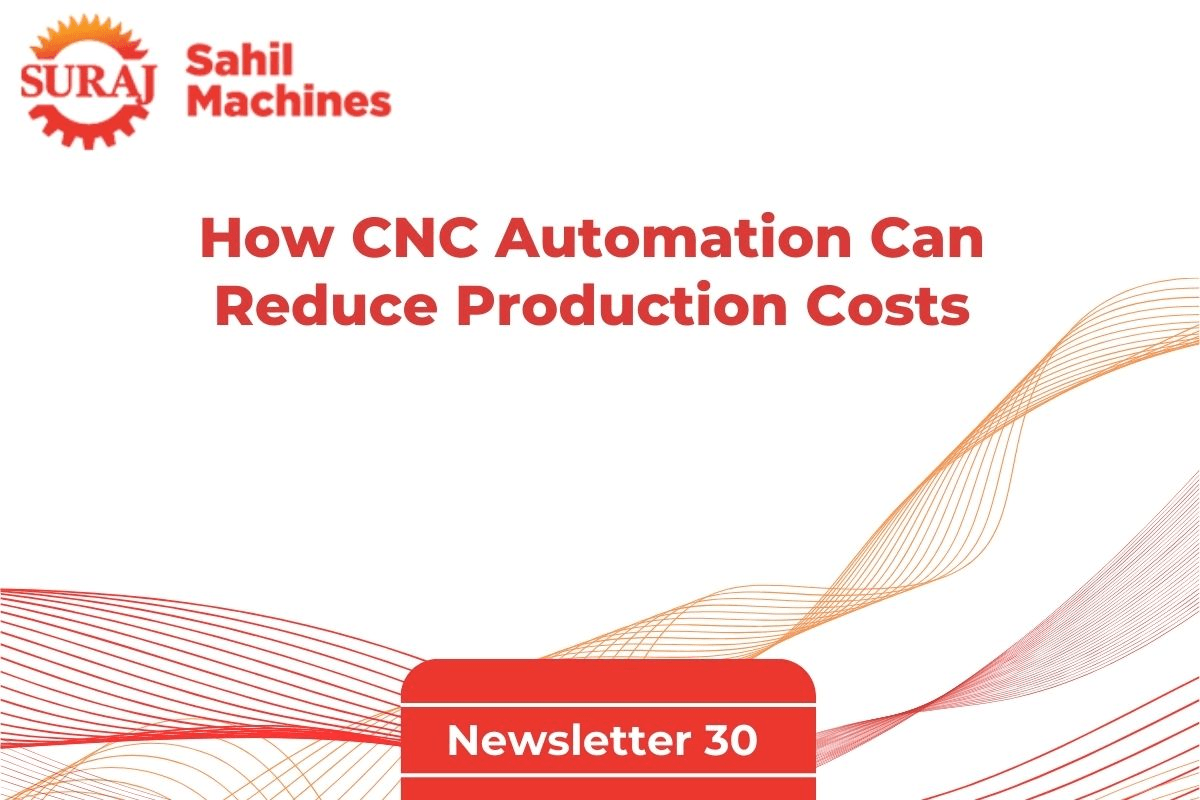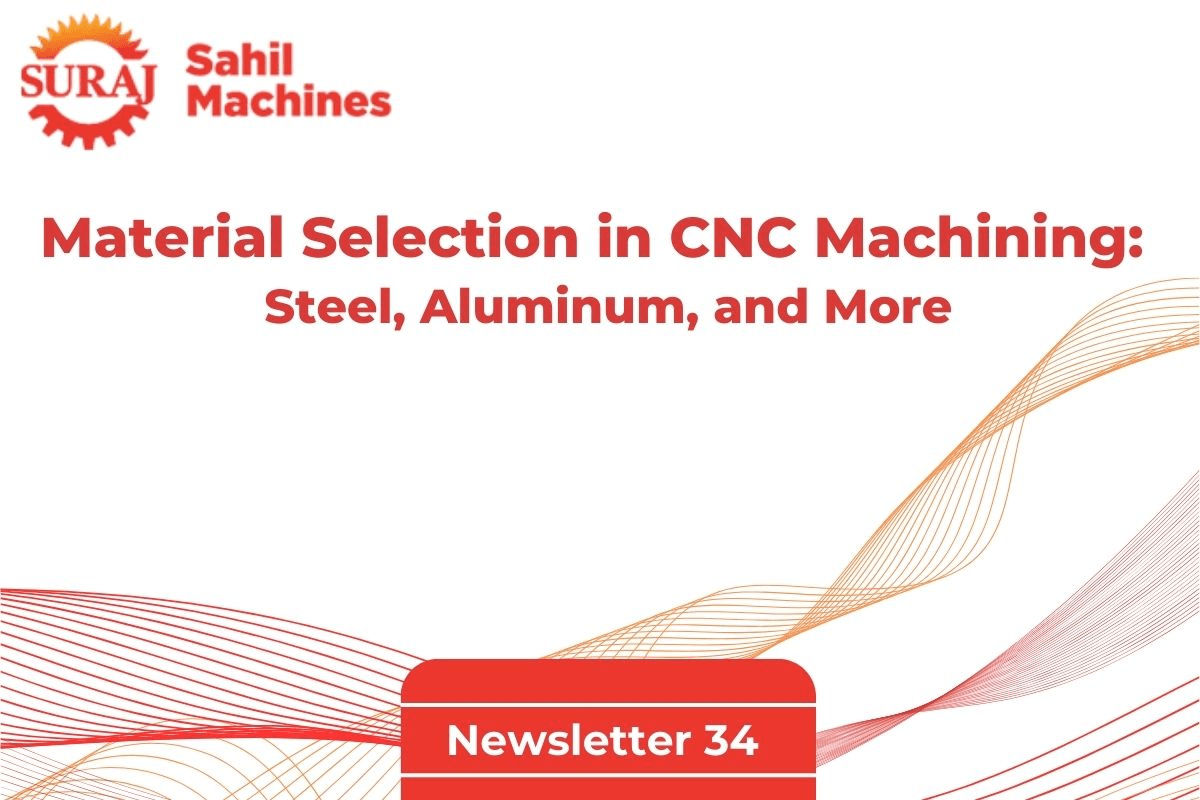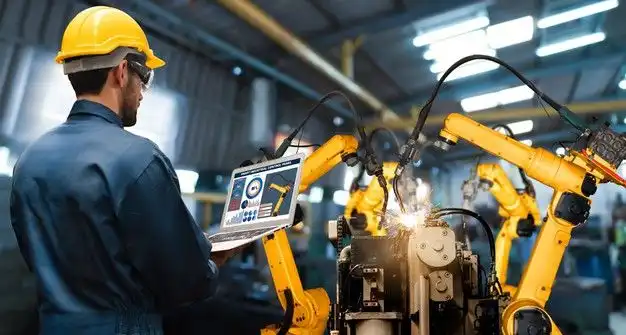The Rising Cost of Raw Materials & Its Impact on CNC Manufacturing
The CNC manufacturing industry is facing a major challenge in 2025: the rising cost of raw materials. Steel, aluminum, copper, and other essential materials have seen significant price hikes due to global supply chain disruptions, increased energy costs, and geopolitical tensions. For manufacturers, this surge in raw material prices is impacting production costs, profit margins, and overall business sustainability.

- What’s Driving the Surge in Raw Material Costs? Several key factors are contributing to the rising costs of raw materials in CNC machining: Global Supply Chain Disruptions – Shipping delays, trade restrictions, and increased transportation costs have pushed raw material prices up. Energy Price Inflation – Higher fuel and electricity costs have made metal extraction and processing more expensive. Geopolitical Uncertainty – Trade policies, sanctions, and regional conflicts have disrupted the steady supply of metals and minerals. Growing Demand from Multiple Sectors – Industries like electric vehicles (EVs), aerospace, and renewable energy are consuming more metals, creating supply shortages.

- How CNC Manufacturers Are Adapting Despite these challenges, CNC manufacturers are adopting smart strategies to offset rising material costs: Advanced Material Optimization – CNC software is now equipped with AI-powered simulations to minimize material waste and improve efficiency. Hybrid Manufacturing (CNC + 3D Printing) – Additive manufacturing (3D printing) is being integrated into CNC machining to reduce excess material usage. Recycling & Circular Manufacturing – More manufacturers are investing in scrap recycling programs to repurpose metal chips and reduce dependency on new raw materials. Supplier Diversification – Companies are sourcing materials from alternative suppliers in emerging markets to get competitive pricing.

- The Future of CNC Manufacturing Amid Rising Costs As raw material prices fluctuate, manufacturers must adapt by adopting sustainable machining practices, automation, and efficient production strategies. Key industry trends that will help businesses stay competitive include: AI-Driven CNC Optimization – AI-powered CNC software can predict material usage and optimize toolpaths to minimize waste. Energy-Efficient CNC Machines – New-generation machines are designed to consume less power while maintaining high precision. Regional Manufacturing Growth – Countries like India, Mexico, and Vietnam are becoming attractive manufacturing hubs due to lower production costs.
Conclusion The rising cost of raw materials presents a challenge for CNC manufacturers, but it also drives innovation in sustainable machining, hybrid manufacturing, and automation. By leveraging cutting-edge CNC technology, businesses can reduce costs, maintain profitability, and stay competitive in a rapidly evolving industry. Sahil Machines is at the forefront of CNC innovation, offering high-precision solutions to overcome industry challenges. Visit us:www.sahilcnc.com Inquiries: info@sahilcnc.com Follow Sahil Machines for CNC industry insights & updates!



































Get in touch with us about anything.
Connect with our team to explore the alloy solutions and machinery expertise you need.

